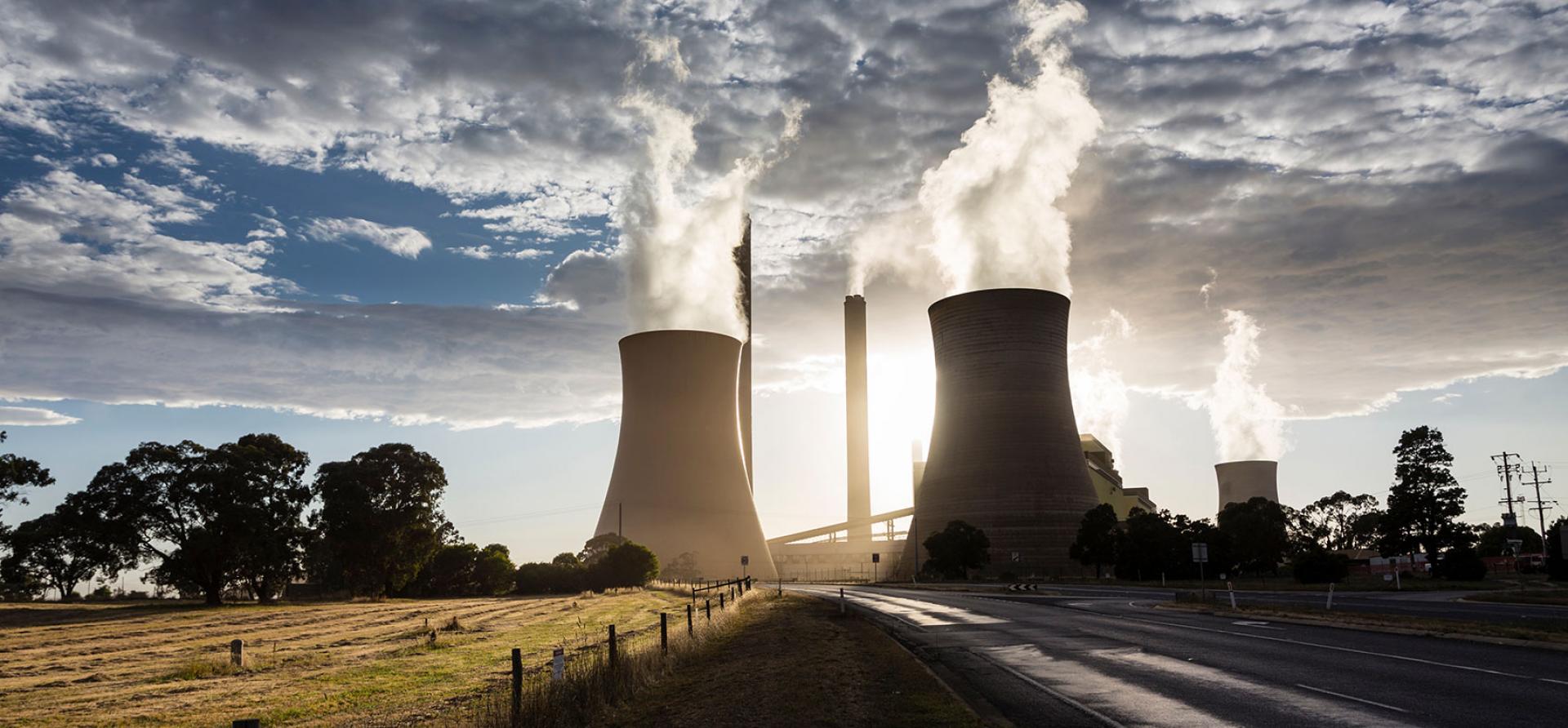IEEFA update: COVID-19 is giving the thermal coal sector a look at its long-term future

As the economic impact of the coronavirus takes its toll, Australian thermal coal prices are now at their lowest level since 2016. This week the price for high energy Newcastle thermal coal dropped to US$50.60 a tonne, down around 25% already since January.
Initially, COVID-19’s impact on energy prices has been focussed on oil. With demand significantly down, the oil industry getting an early look at what an electric vehicle driven, post-peak oil world might look like.
COVID-19 may make 2020 a microcosm of thermal coal’s declining fortunes.
Now thermal coal used for power generation is getting a look at how its own future will unfold. COVID-19 may make 2020 a microcosm of thermal coal’s declining fortunes.
Significantly reduced global economic activity is lowering thermal coal demand as a consequence of reduced demand for power. In some markets, coal may take a further demand hit due to record low LNG prices which may see power generation switching from coal to LNG.
In the longer term however, it will be the continuing uptake of cleaner and ever-cheaper renewable energy that will reduce coal demand.
Despite the economic downturn, Abu Dhabi claimed a new record low solar tariff at just US$13.50/ megawatt hour (MWh) last week. Onshore wind and solar power are already the cheapest source of new power generation across most of the globe according to Bloomberg New Energy Finance.
Australia’s biggest thermal coal export markets showing reduced demand for coal
Even before the worst economic impacts of Covid-19 took hold, Japan’s thermal coal imports dropped 3% in the first quarter according to trade statistics from the nation’s Ministry of Finance. Japan is Australia’s largest thermal coal export destination.
South Korean thermal coal imports were also expected to drop to a ten year low in the first quarter due to the coronavirus and temporary coal plant shutdowns to reduce the country’s chronic air pollution.
INEVITABLY, THE PATH CHINA’S THERMAL COAL IMPORTS TAKE will determine how the market develops in 2020.
With the country’s domestic mining sector shut along with everything else during lockdown, China’s first quarter coal imports were strong.
However, with the Chinese lockdown over, it’s possible that thermal coal imports may slump going forward if domestic supply is able to cover a higher proportion of subdued demand.
The Chinese government may go further and insist that thermal coal imports be reduced to protect the domestic industry.
The story is somewhat similar in India. India’s power demand has dropped by almost a quarter since the start of its own lockdown, and thermal coal stockpiles are rising to . This financial year may see Indian power demand decline for the first time in at least 36 years.
India’s total coal imports in March, including thermal and coking coal, dropped 27% over the prior year due to lower demand and lockdown restrictions. April is also looking like it will be a weak month for Indian coal imports.
Like China, India has its own domestic coal mining industry to protect which can increasingly meet the needs of generators as power demand drops.
The Indian government has consistently voiced a desire to reduce reliance on thermal coal imports without much of an impact on actual volumes. However, the government now seems to be stepping up its efforts and reduced demand may give domestic miner Coal India a chance to meet a greater proportion thermal coal consumption.
The Indian government’s desire to reduce imports may see some results for the first time, and the impact could extend beyond the current global economic downturn.
Coal exporters’ scramble for markets a sign of things to come
A significant decline in India thermal coal imports would be very bad news for South African exporters which have become increasingly dependent on Indian imports. In 2019, 58% of all South African coal exported went to India.
However, most Indian thermal coal imports come from Indonesia which would also be heavily impacted by a decline in Chinese imports. China and India are Indonesia’s two largest thermal coal export destinations.
AUSTRALIAN EXPORTERS WON’T ESCAPE UNSCATHED THOUGH. Exporters could see declining demand in all four of Australia’s large export destinations – Japan, China, South Korea and Taiwan. Concern about the direction the thermal coal market is heading has already seen Australian mining companies review plans for capacity expansion.
In addition, Australia may see increased competition from other exporting nations if they see their own markets, such as India, decline.
For the first quarter of 2020, Australia has seen increased competition in its key Japanese market. Japanese thermal coal imports from Australia are down 4% according to its Ministry of Finance. But imports from Indonesia are up 14%.
As if that wasn’t enough, Australian coal exporters are having to face potentially damaging revelations about coal quality testing. One testing laboratory has revealed that half the testing certificates it completed for coal exports over the last decade had been manually altered to improve the indicated quality of the coal.
Thanks to COVID-19’s economic impacts, 2020 is likely to be a poor year for thermal coal exporters. Although a bounce back can be expected in 2021, it’s possible export levels may never fully recover.
Increasing competition from renewables as well as growing concerns about air pollution and carbon emissions, and the accelerating exit of global financial majors from funding new coal power developments are all taking its toll.
Longer term, thermal coal exporters will see a permanent fall in demand as the energy transition towards renewables continues.
In the meantime, 2020 could give us a good indication of how that will play out for the coal industry.
Simon Nicholas is an Energy Finance Analyst with IEEFA
Related articles:
IEEFA Asia: Chinese coal projects continue as existing power plants stand idle
IEEFA Australia: Over-optimistic coal trade forecasts are not helpful to anyone
IEEFA update: Japan set to pace thermal coal’s long-term Asian decline















